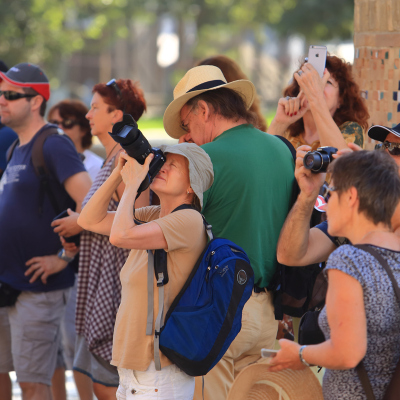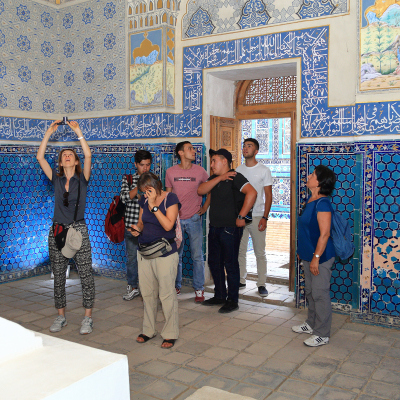Shakhrisabz: Uzbekistan's Silk Road Gem
If you visit Shakhrisabz in clear cloudless weather, it may seem that Shakhrisabz smoothly flows into the sky with the tops of its palaces and mausoleums.
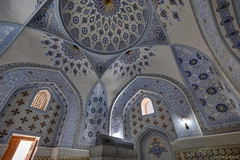
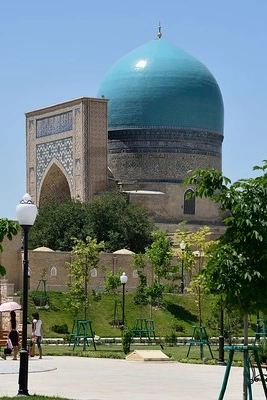
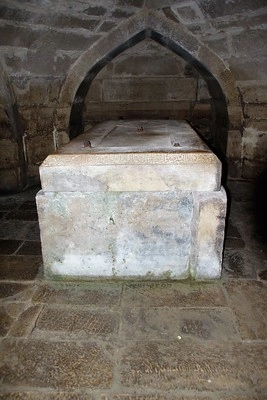
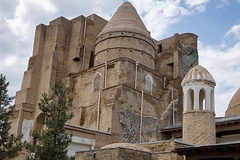
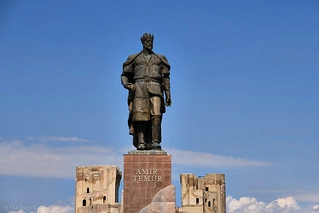
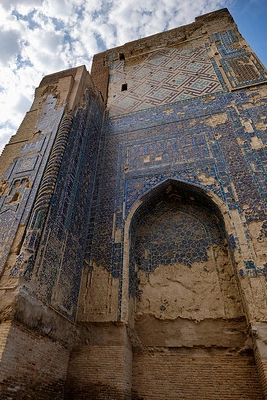
Shakhrisabz, 2700 years old, was the capital of the ancient Sogdian state and was called Kesh. When Alexander the Great conquered it, the fame of this centre of culture and crafts thundered far beyond Sogd. In 1336, on April 9, in the village of Khoja Ilgar (Yakkabak) near Kesh, a boy was born, who was named Timur (Temur), later Shakhrisabz became his residence as the ruler of a great empire. The unique and majestic architectural structures of Shakhrisabz, included in the UNESCO World Heritage List in 2000, date back to the reign of Timur and his grandson Ulugbek.
In a word, this is the largest arch in all of Central Asia. Tamerlane founded this palace of exceptional beauty. The best innovators of their time worked on constructing this architectural masterpiece. By building this palace, Timur wanted to emphasize his strength and power not only through conquests; the inscription on the arch said that those wishing to get acquainted with the greatness of the Timurids should look at what they built. Despite the destruction, part of the portal has survived to this day. Now scientists and artisans are actively restoring this complex with joint efforts, restoring not only the walls themselves but also a fantastic ornament made of tiny tiles, striking in the richness of colours.
